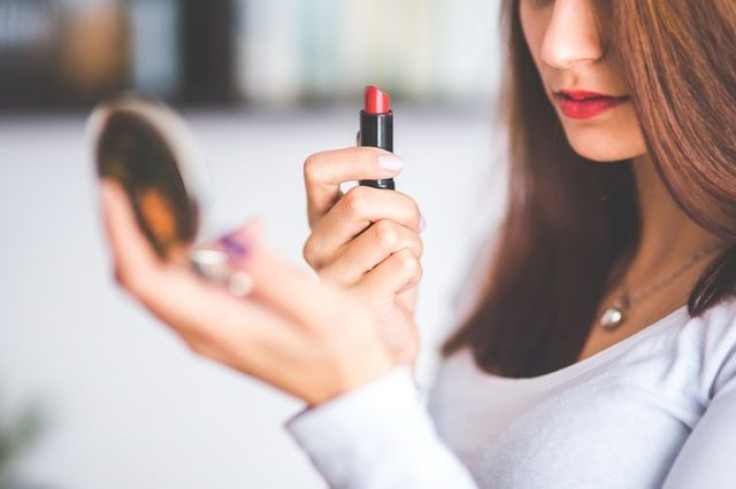How Old Do I Look? The Genetic Variation That Can Make People Look 2 Years Older

We all have that one friend who looks like she stopped aging after high school. The one who is the same age as you, but doesn’t have forehead lines, or crinkles around her eyes. So, if your friend isn’t a vampire, then why hasn’t age caught up with her? Why is it that some people look younger or older than others of the same age?
A recent study published in the journal Current Biology, conducted by UK- and Netherlands-based consumer goods company Unilever, in conjunction with Erasmus MC University Medical Center Rotterdam in the Netherlands, suggests our genes, specifically DNA variations in MC1R (a pigmentation and skin cancer gene) can influence how old we look.
"The MC1R genetic effect we found on perceived age is independent of skin color and sun exposure, which was important to see for demonstrating that it indeed is the gene that has the effect of looking up to two years older," Dr. Manfred Kayser, study author and a professor at the university, told Medical Daily.
Previously, researchers have identified a genetic variant — lying between the gene TERC — that is linked to faster biological aging. Biological age is related to the length of telomere — the stretch of DNA at the end of chromosomes, which protects the damage of genes — while chronological age is the number of years a person has lived. According to Dr. Vandana Andrews, a family physician in Damoh, India, we are born with telomeres of a certain length, and over time, they get shorter as our cell divides, resulting in aging.
Kasyer and his colleague David Gunn from Unilever analyzed the genomes of more than 2,600 elderly Dutch Europeans from the Rotterdam Study for DNA variants linked to differences in perceived facial age and wrinkling estimated from digital facial images. The strongest genetic associations with perceived facial age were for genetic variations in the MC1R gene, which made people look up to two years older than their real age, a finding confirmed in two other large European studies. The effect was independent of age, sex, skin color, or sun damage (wrinkling, pigmented spots).
However, the researchers warn complex traits are influenced by both genes and environment. The impact of genetics versus environment is about 50/50. Kayser believes any environmental risk factors, such as smoking and sun exposure/damage, come on top of the genetic risk factors.
In other words, "[I]f you have the MC1R risk alleles and on top of this have smoked for a long period of your life and stayed in the sun/solarium for a long period of your life you will likely look older than someone who only has the MC1R risk alleles but never did smoke and strongly protected themselves from the sun," he said.
So far, the findings only hold for people of European ancestry, but more populations need to be tested to confirm. Typically, individuals with naturally more pigmented skin, such as those of Latin and African backgrounds, tend to show aging much later due to inherent sun block protection and resistance to breakdown of collagen, a protein that holds the whole body together.
A similar study conducted by Olay in conjunction with Harvard University found some of us may possess "younger genes." The researchers found biological commonalities among a group of Caucasian and African-American women in their 20s to their 70s. Through analyzing 20,000 genes, Olay identified a unique skin fingerprint, which is comprised of about 2,000 genes, among women who were perceived to be younger.
These particular genes are responsible for biological pathways — a series of actions among molecules in a cell that leads to a certain product or change in a cell — such as natural-antioxidant production, skin-barrier formation, or cell-energy metabolism. These set of genes become less active with age, but these women maintained a higher level of activity, which can be influenced by environmental factors, lifestyle choices, and even skin-care habits.
These studies show there is a link between how old you look and how healthy or sick you are. Finding genes for perceived age can help us better understand what molecular processes link externally visible aging with internal aging inside the body, which can lead to better understanding of healthy aging.
“The first gene we identified may give us some first clues as MC1R has been involved in DNA damage repair and DNA damage is a typical process of biological aging and involved in disease such as cancer,” said Kayser.
Genes may influence how we look, and our susceptibility to diseases, but they are not necessarily our destiny. Environmental factors make up the other half.
Source: Liu F, Hamer MA, Deelen J et al. the MC1R Gene and Youthful Looks. Current Biology. 2016.



























